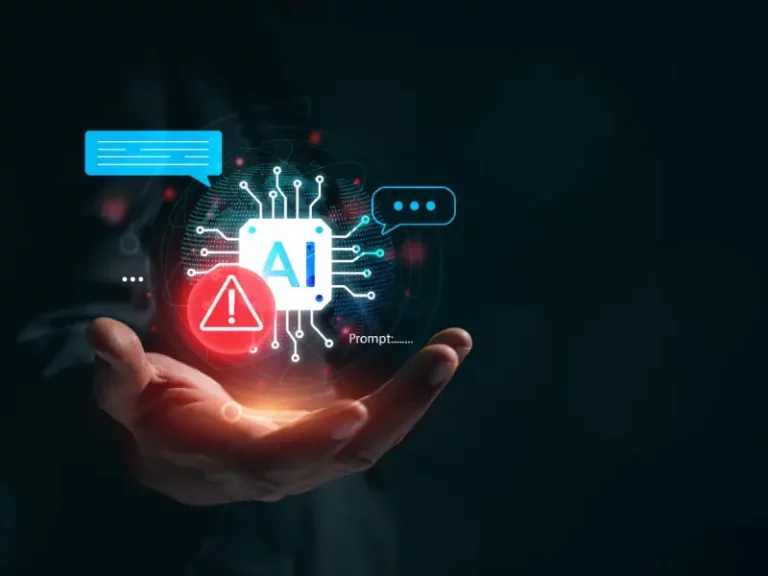Artificial Intelligence (AI) is revolutionizing how we live, work, and defend against threats. But just as AI strengthens cybersecurity, it also empowers cybercriminals. AI attacks, cyberattacks enhanced or executed using AI, are becoming increasingly sophisticated, faster, and harder to detect. This dangerous new breed of cyberattacks requires advanced defenses and a new approach to securing our digital world. Understanding how AI is being weaponized is critical for modern defense.
What Is AI-Powered Attacks?
AI attacks use machine learning, automation, and data analysis to enhance traditional hacking techniques. These threats adapt in real-time, bypass security controls, and exploit human weaknesses on a scale. Unlike manual attacks, AI-driven ones evolve continuously and require minimal human intervention. This poses significant challenges for organizations trying to defend against these advanced threats. This poses significant challenges for organizations trying to defend against these advanced threats and require advanced security measures to effectively mitigate them. Key characteristics of AI attacks:
- Highly adaptive and capable of learning from defenses
- Automated to target systems at scale
- Difficult to detect due to intelligent obfuscation
- Focused on exploiting patterns in human behavior and system weaknesses
Types of AI-Driven Cyberattacks
AI can be used in various stages of the cyberattack chain from reconnaissance to execution. Cybercriminals are increasingly leveraging artificial intelligence to enhance the sophistication and effectiveness of their malicious activities. Machine learning algorithms enable attackers to automate and optimize their reconnaissance, target selection, and attack strategies with unprecedented precision. These advanced capabilities make AI-driven cyberattacks particularly dangerous, as they can adapt in real time and bypass traditional security measures with greater stealth and efficiency. Below are the most concerning types:
- Deepfake Attacks: AI-generated audio or video to impersonate executives or public figures
- AI-Powered Phishing: Hyper-personalized messages that increase click-through and success rates
- Intelligent Malware: Malware that mutates to avoid detection based on AI analysis
- Automated Vulnerability Scanning: Bots that scan and exploit security holes at machine speed
- Data Poisoning: Injecting malicious data into AI training sets to mislead future outcomes
How to Defend Against AI Attacks
Fighting AI with AI is quickly becoming a standard defense approach. Organizations must evolve from static defenses to intelligent, adaptive systems that can learn and respond dynamically. By analyzing vast amounts of data, AI-powered tools can identify vulnerabilities, predict network behaviors, and craft more convincing social engineering techniques. Here are the recommended countermeasures:
- Deploy AI-driven security tools for threat detection and behavior analysis
- Use anomaly detection systems to flag unusual activities in real time
- Harden AI models against data poisoning and adversarial inputs
- Educate teams on AI-enabled social engineering and deepfake risks
- Create red-team simulations using AI to stress-test defenses
The Future of Cybersecurity in an AI-Driven World
AI will continue to transform both sides of the cyber battlefield. The line between human-led and machine-led attacks is fading, and businesses must adapt quickly. Cyber resilience now depends on real-time visibility, continuous learning, and automation.
At Terrabyte, we believe that staying ahead of AI threats means investing in smart defense strategies today because tomorrow’s attackers won’t be human.



